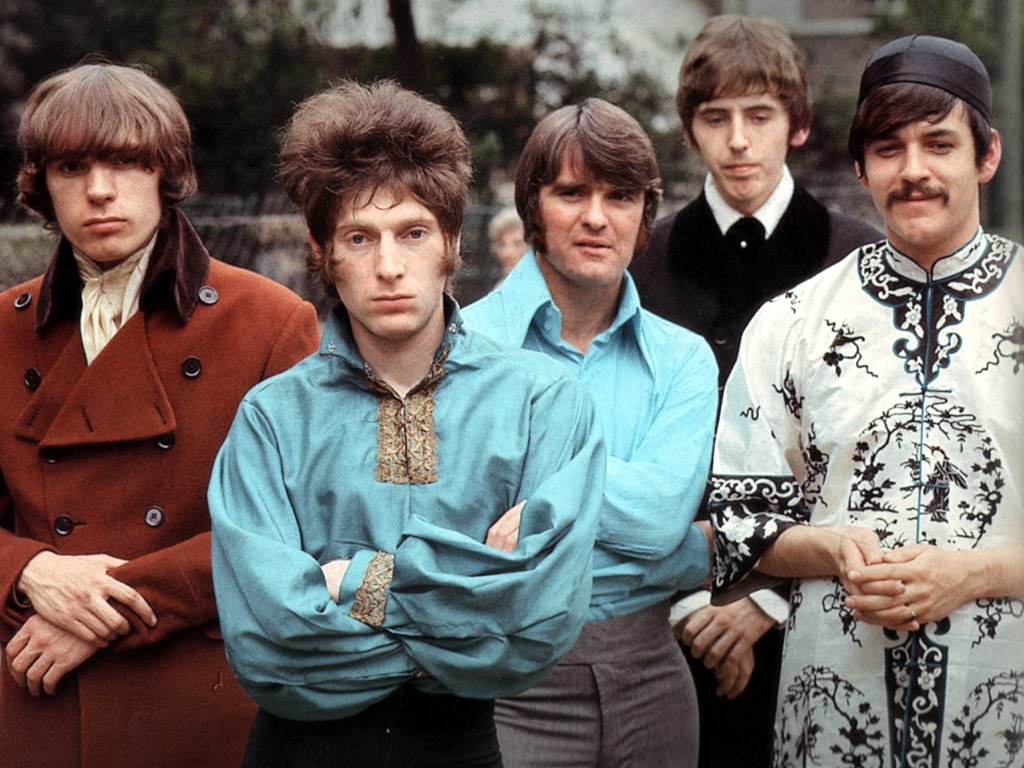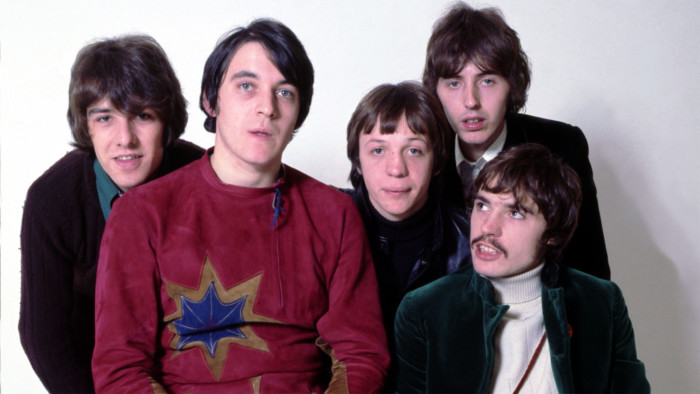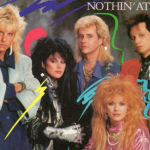“A Whiter Shade of Pale” – Procol Harum

“A Whiter Shade of Pale” – Procol Harum
“A Whiter Shade of Pale” by Procol Harum is one of the most iconic and enduring songs of the 1960s. Released in 1967, the song became an instant hit and reached number one on the UK Singles Chart. Written by Gary Brooker, Keith Reid, and Matthew Fisher, the song is often celebrated for its haunting melody, poetic lyrics, and classical influences, making it a defining track of the psychedelic rock era.
The most striking feature of “A Whiter Shade of Pale” is its organ melody, heavily influenced by Johann Sebastian Bach’s “Air on the G String” and “Sleepers Wake.” The organ, played by Matthew Fisher, creates a rich, atmospheric sound that gives the song its ethereal quality. Combined with Brooker’s soulful, melancholic vocals, the music evokes a sense of mystery and longing that has captivated listeners for decades.

Lyrically, the song is known for its surreal and ambiguous imagery, which has been interpreted in countless ways. Lines like “We skipped the light fandango, turned cartwheels ‘cross the floor” and “The room was humming harder as the ceiling flew away” give the song a dreamlike quality. The lyrics are often seen as reflecting a sense of disillusionment or existential reflection, though their meaning remains open to interpretation. Keith Reid, who wrote the lyrics, has said that they were inspired by conversations and personal experiences, but he has left much of the song’s meaning to the listener’s imagination.

The contrast between the classical organ and the psychedelic rock elements gives “A Whiter Shade of Pale” its unique sound. The song’s baroque pop arrangement, combined with its emotional depth, made it stand out during the Summer of Love in 1967, a time when music was pushing boundaries and exploring new sonic landscapes. It has often been cited as one of the greatest songs in rock history and was inducted into the Grammy Hall of Fame in 1998.

In conclusion, “A Whiter Shade of Pale” remains one of the most influential and beloved songs of the 1960s. Its blend of classical and rock influences, combined with its poetic lyrics and timeless melody, has ensured its place as a classic in the history of popular music. Decades after its release, the song continues to resonate with listeners, evoking a sense of nostalgia and wonder.












